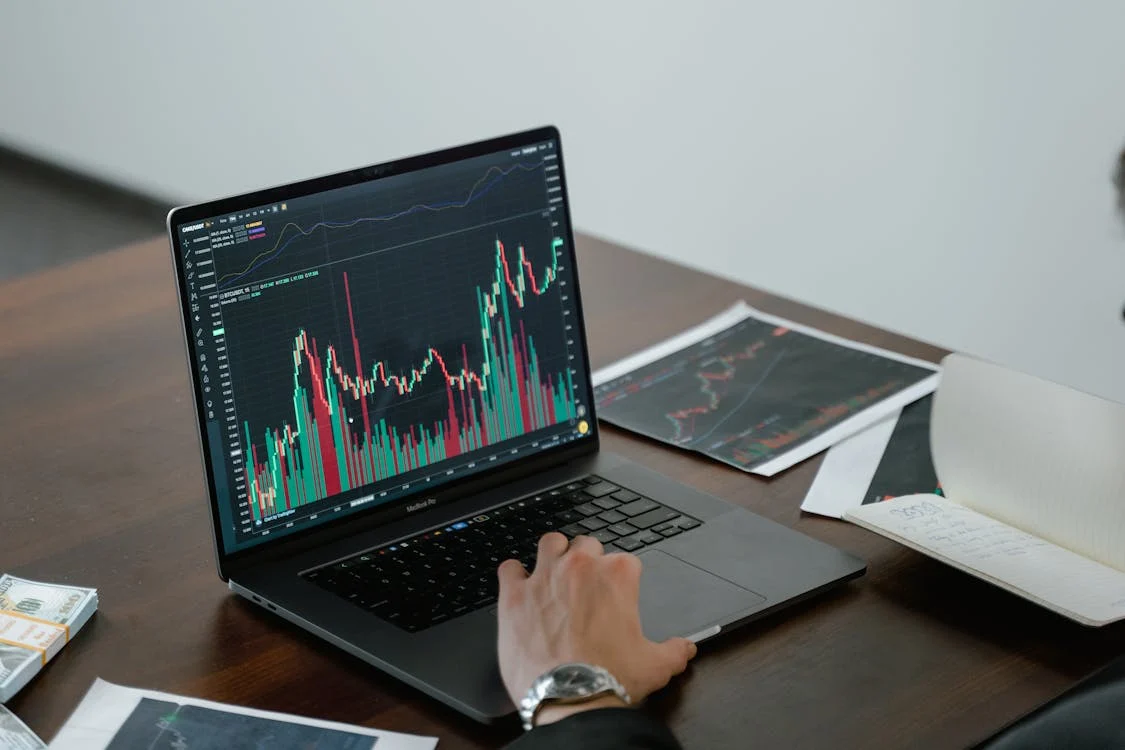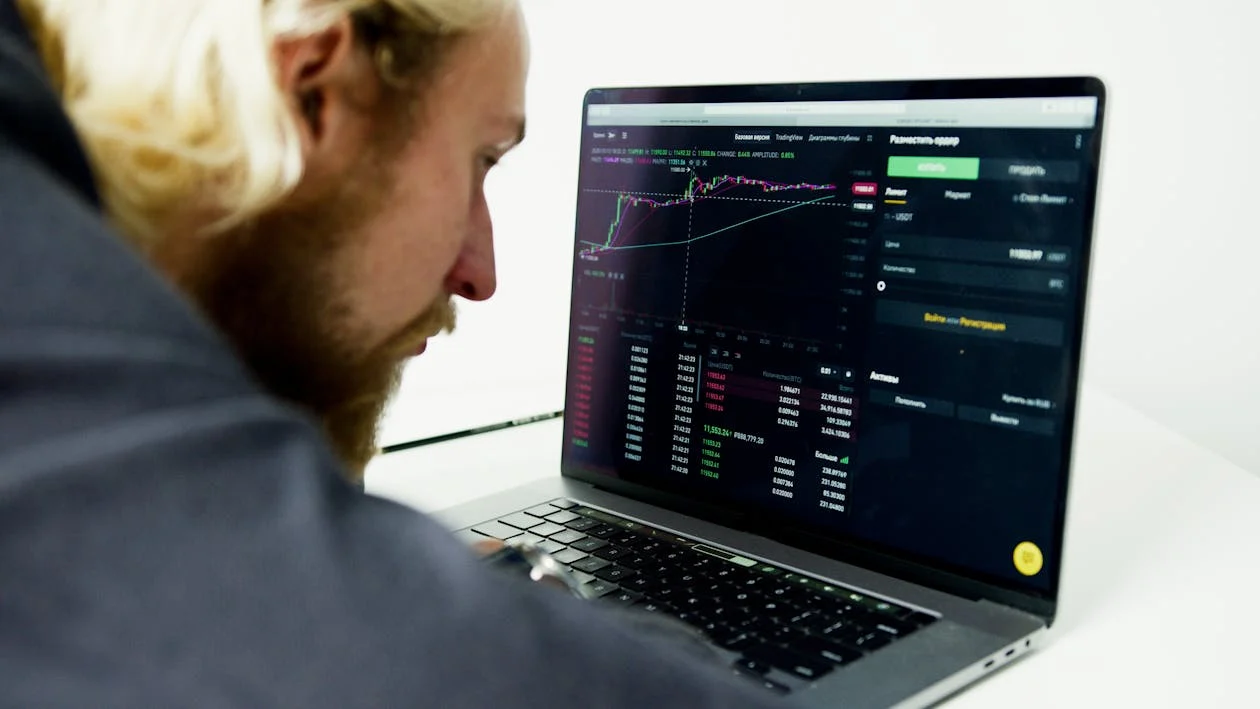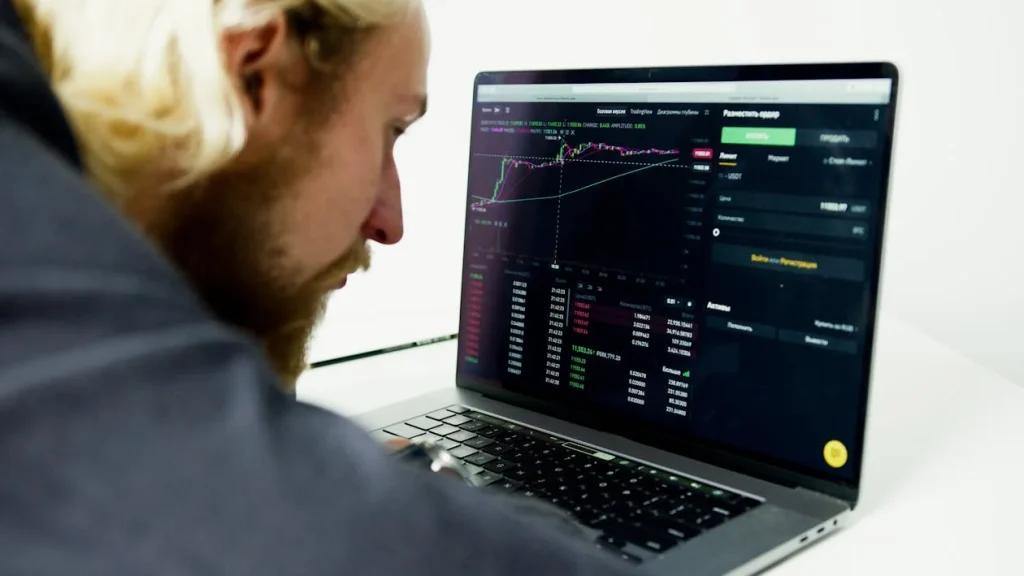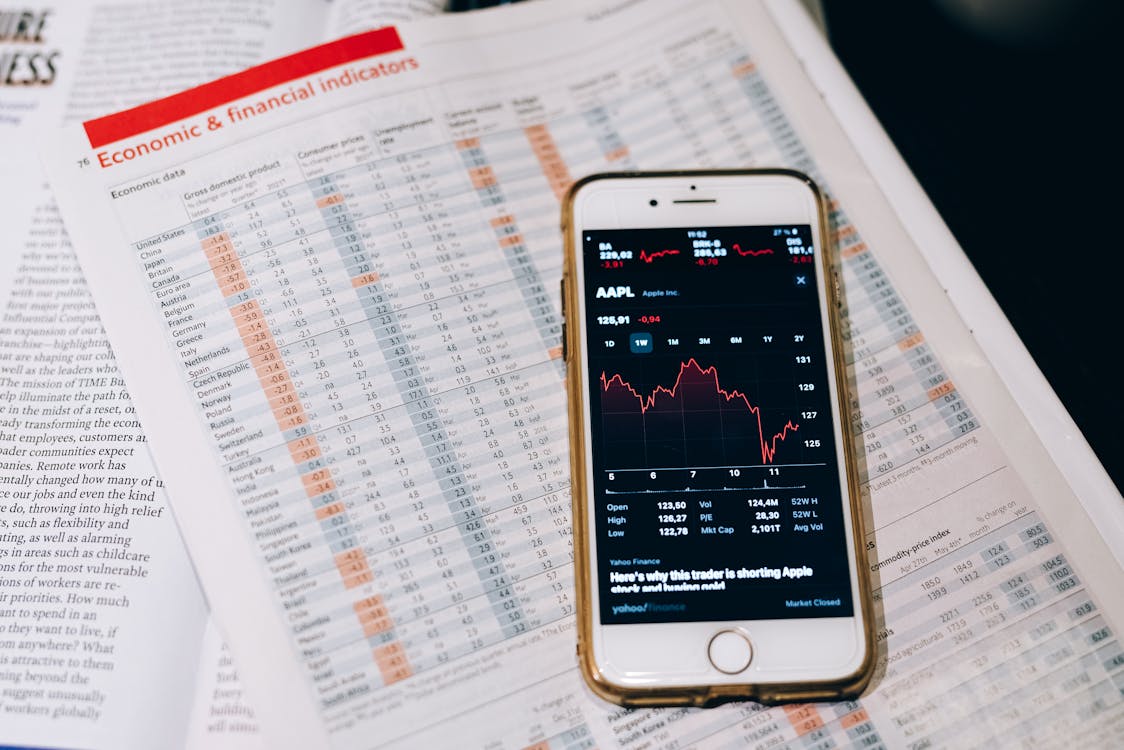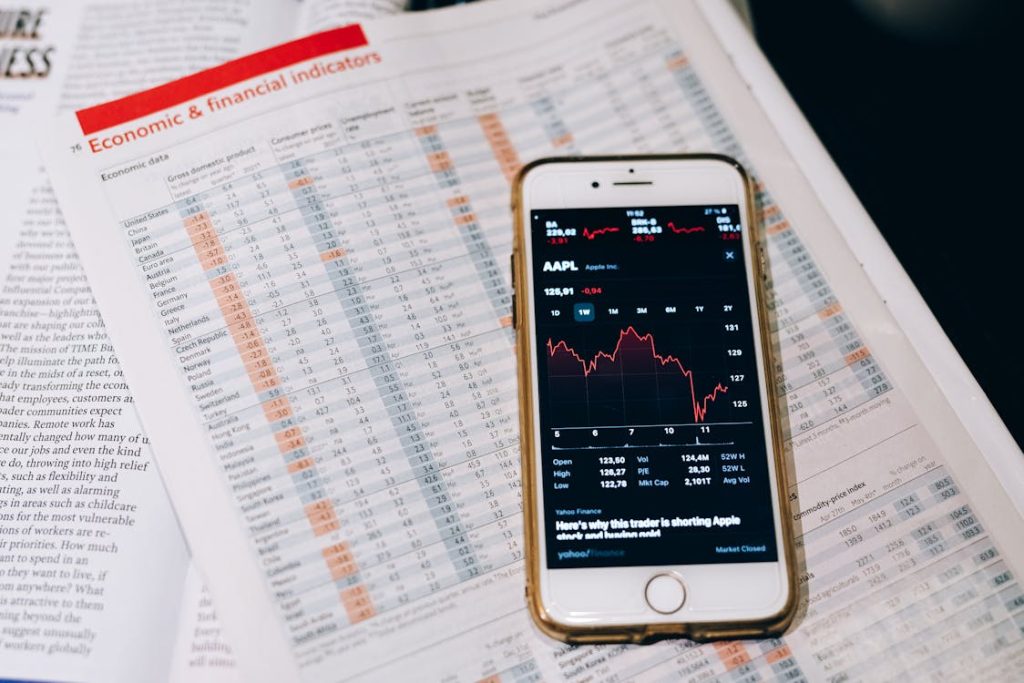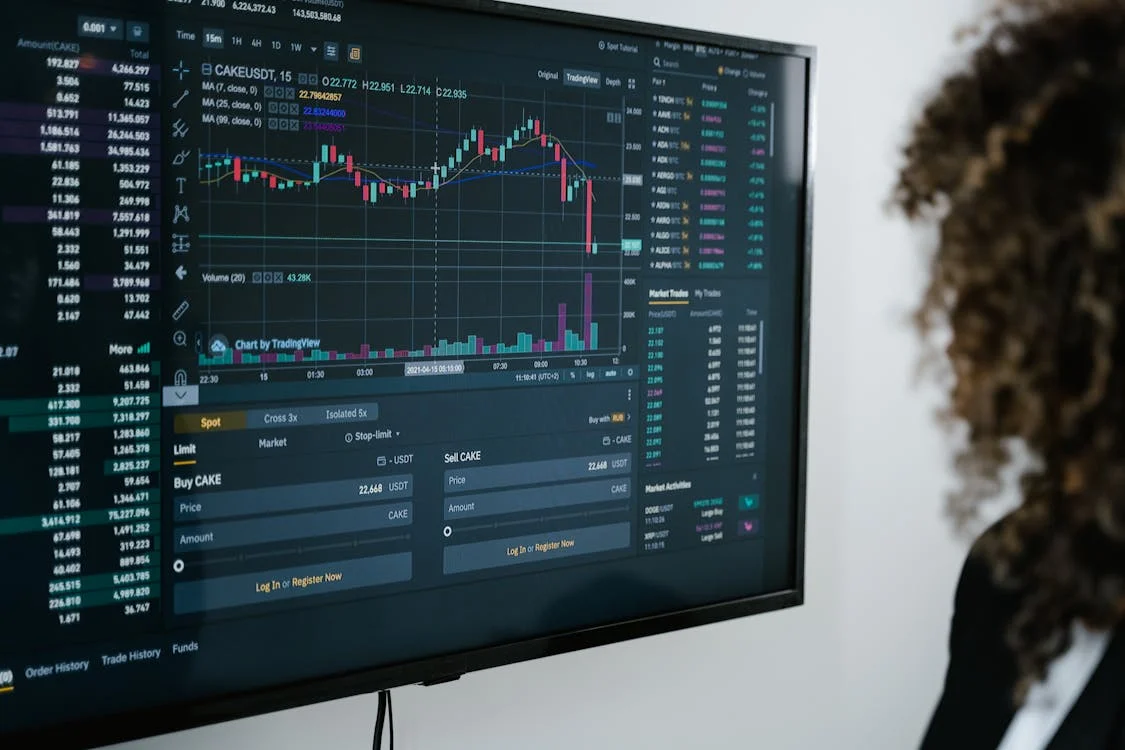How to Effectively Manage Risk in Forex Trading
Risk management is one of the most important aspects of successful Forex trading. Many traders focus heavily on technical and fundamental analysis, but without proper risk management, all the skills in the world can’t save you from significant losses. In this article, we’ll discuss why risk management is essential, how to implement effective risk strategies, and the tools available to help protect your investments in the Forex market.
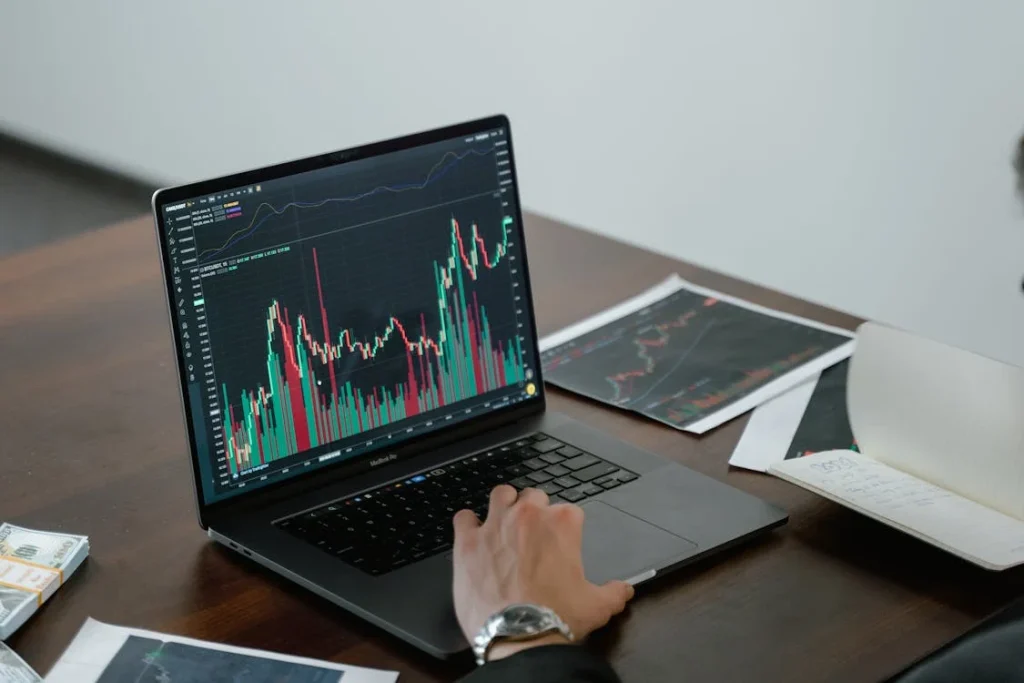
Why Risk Management is Crucial in Forex Trading
The Forex market is highly volatile and unpredictable, which means that traders can experience significant price swings in a short amount of time. While this volatility can create opportunities for profit, it also increases the potential for losses. Without a solid risk management plan, a trader could wipe out their trading account in a single bad trade.
Effective risk management allows traders to protect their capital and limit losses, ensuring they can stay in the game even during tough market conditions. It’s not about eliminating risk—because that’s impossible—but rather about managing and mitigating that risk in a way that maximizes your chances for long-term success.
Key Risk Management Strategies in Forex Trading
1. Set Stop-Loss Orders
One of the most basic yet crucial risk management tools in Forex trading is the stop-loss order. A stop-loss is an order placed with your broker to automatically close a trade at a predetermined price level if the market moves against you. Setting a stop-loss limits the amount of loss you can incur on any given trade, providing you with peace of mind and preventing emotional decision-making.
It’s essential to set your stop-loss levels based on technical analysis and not on your emotions. Many traders make the mistake of moving their stop-loss order further away from the market price in hopes that the trade will reverse in their favor. This increases the risk of larger losses and defeats the purpose of risk management.
2. Use Position Sizing
Position sizing refers to determining how much of your capital you should risk on each individual trade. The size of your position should be based on the level of risk you’re willing to take, not on the potential profit. A common rule of thumb is to risk no more than 1-2% of your total trading capital on any single trade. This means that if you have a $10,000 trading account, you should risk no more than $100-$200 per trade.
By using proper position sizing, you limit your exposure to risk and ensure that even if you experience a string of losing trades, you’ll still have enough capital to keep trading. This is essential for long-term profitability in Forex.
3. Diversify Your Portfolio
Diversification is a risk management strategy that involves spreading your investments across different assets or currency pairs to reduce exposure to any single asset’s risk. In Forex, this could mean trading multiple currency pairs instead of focusing on just one. By diversifying, you reduce the risk that a single trade could negatively impact your overall portfolio.
However, it’s important to note that diversification should be done strategically. Trading too many pairs or assets without adequate knowledge can lead to confusion and mistakes. Focus on currency pairs that you understand and monitor their movements closely.
4. Implement a Risk-Reward Ratio
The risk-reward ratio is a critical concept in risk management. It represents the potential profit of a trade compared to the potential loss. A good risk-reward ratio is typically considered to be 1:2 or higher, meaning you’re risking $1 to potentially make $2 or more. By maintaining a favorable risk-reward ratio, you ensure that your potential gains outweigh the losses.
For example, if you’re willing to risk $50 on a trade, you should aim for a profit of $100 or more. This approach increases your chances of making consistent profits over time, even if you experience a few losing trades.
5. Don’t Overtrade
Overtrading occurs when traders take excessive positions or trade too frequently in an attempt to make up for past losses or generate quick profits. This can lead to emotional decision-making and increased risk. It’s essential to trade with a clear plan and avoid chasing after quick wins. Stick to your trading strategy, and only enter trades that meet your criteria for a good risk-reward ratio.
Tools for Risk Management in Forex
1. Risk Calculators
Many Forex brokers offer risk calculators that allow traders to assess the risk of each trade before entering. These calculators take into account factors like your position size, stop-loss levels, and account balance to estimate potential losses or gains. By using a risk calculator, you can make informed decisions about how much to risk on each trade.
2. Trailing Stop Orders
A trailing stop is a variation of a stop-loss order that adjusts automatically as the market moves in your favor. For example, if the market moves in the direction of your trade, your stop-loss order will follow the market at a set distance, allowing you to lock in profits while still giving the trade room to move further in your favor. This tool helps protect profits while also limiting losses if the market reverses.
3. Forex Risk Management Software
Forex risk management software is another tool that traders can use to track and manage their risks. These software programs can help you analyze your trading performance, identify areas where you’re overexposed to risk, and provide insights into how to improve your risk management strategy. Many traders use these tools to stay disciplined and ensure they’re sticking to their risk management rules.
Final Thoughts
Risk management is crucial for long-term success in Forex trading. By implementing proper strategies such as setting stop-loss orders, using position sizing, and maintaining a favorable risk-reward ratio, you can protect your capital and improve your chances of consistent profitability. Remember that no strategy is foolproof, but by managing risk effectively, you increase your chances of surviving and thriving in the competitive Forex market.
